
- •Use the above given words in sentences of your own.
- •Lexico-grammatical box speech patterns
- •Use a substitution table to train each speech pattern given below.
- •Supply speech patterns to complete the following sentences.
- •Use speech patterns to translate the following sentences into English.
- •Communication box
- •Use speech patterns in sentences of your own (three sentences per pattern).
- •(Work in pairs.) Use speech patterns to make up a dialogue. Act it out in class.
- •Text part
- •The Life and Legacy of Jane Austen
- •(By Katie Mastrucci)
- •Reference box
- •Lexicon to the text
- •Lexico-grammatical box
- •Communication box
- •Put the sentences in the correct chronological order.
- •5. Solve the crossword.
- •Rendering box
- •Answer the following questions
- •Speak on the following in a round table discussion:
- •Role play: Jane Austen.
- •Discussion box
- •The Brontë Sisters (1818-1855)
- •Answer the following questions.
- •Ask your groupmates ten questions on Bronte sisters’ life, their novels. Comment on their answers.
- •George Sand (1804-1876)
- •Answer the following questions.
- •2. Ask your groupmates ten questions on George Sand’s life, her novels. Comment on their answers.
- •Virginia Woolf (1882-1941)
- •Answer the following questions.
- •2. Ask your groupmates ten questions on Virginia Woolf’s life, her books. Comment on their answers.
- •Panel discussion box
- •1. Speak on the following in a round table discussion.
- •Participate in a panel discussion on the following.
- •3. Your friend is interested in the life and social status of woman in the world of literature. Prepare a brief report on the subject and present it in class. Keys communication box
- •Put the sentences in the correct chronological order.
- •3. Solve the crossword.
Reference box
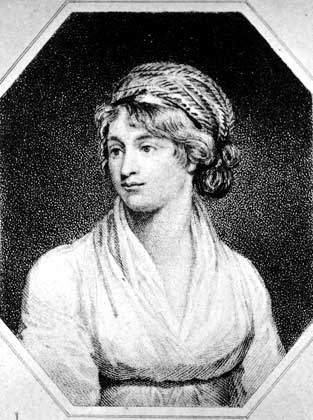
1. Mary Wollstonecraft (/ˈwʊlstən.krɑːft/; 27 April 1759 – 10 September 1797) was an eighteenth-century English writer, philosopher, and advocate of women's rights. During her brief career, she wrote novels, treatises, a travel narrative, a history of the French Revolution, a conduct book, and a children's book.
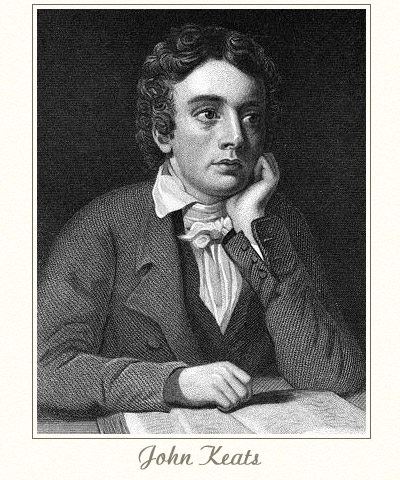
2.John Keats (/ˈkiːts/; 31 October 1795 – 23 February 1821) was an English Romantic poet. He was one of the main figures of the second generation of Romantic poets along with Lord Byron and Percy Bysshe Shelley, despite his work only having been in publication for four years before his death.
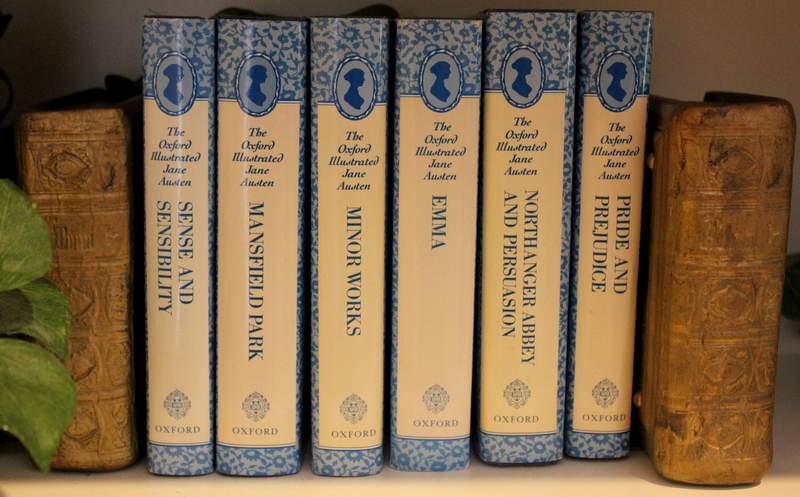
Lexicon to the text
intellectually stimulating
family-oriented home
relatively sheltered life
to revolve around smbs family
family is a close-knit bunch
perpetuating a stream of written correspondence
to settle down to spinsterhood together
cruel punishing fate
narrow path to tread
begrudged smbs lot in life
rarely solitary life
to suffer from writer’s block
to enter the circles of celebrity authorship
unwavering devotion
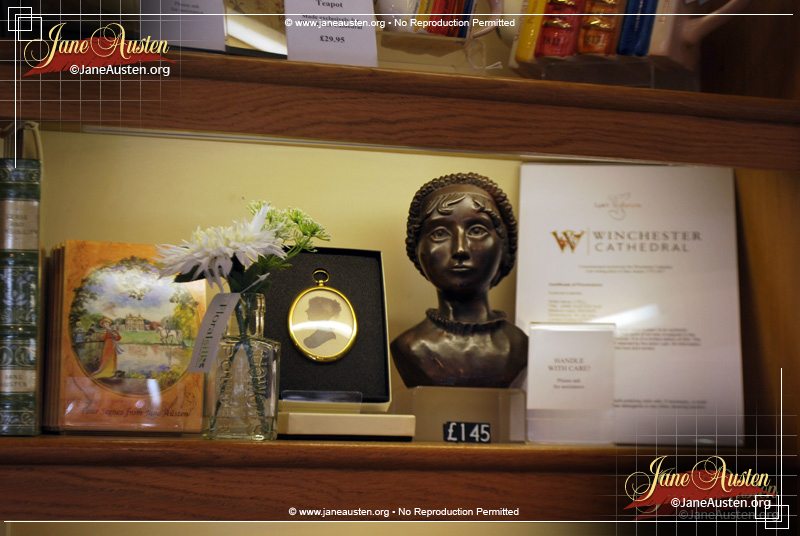
Lexico-grammatical box
Find in the text synonyms to the following words.
Connection, graciously, tragically, unattached, immediately, lot, fool, devotion.
Find in the text antonyms to the following words.
Born, close, invalid, a man of property, faithfully, limited life, overseas, confined, cruel, female, tempting.
Supply nouns that could be modified by the following adjectives.
Loving, young, punishing, mighty, lusterless, tremendous, tempting, unwavering.
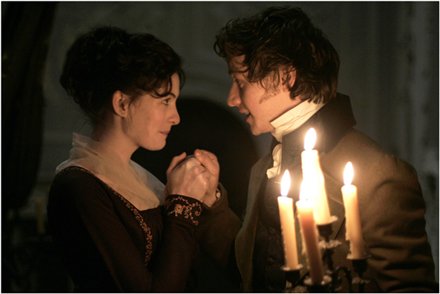
Communication box
Read Lexicon to the text. Reconstitute situations from the text in which the phrases are used.
Outline main parts of the text.
Agree or disagree with the following statements.
Jane was the sixth of eight children.
George was an invalid of whom little is known.
Cassandra was closest to Jane’s heart.
Jane’s life didn’t revolve around her family and her loved ones.
Above all other activities and interests, Jane loved to sing.
By the time Jane was twenty-three years old, she had already written the manuscripts for five complete novels.
Jane Austen died in the hospital.
In many of Austen’s works, the female protagonist only accepts marriage on the basis of mutual love and intellectual equality.
Put the sentences in the correct chronological order.
1. When Jane’s brother Edward moved to Kent with his young wife upon inheriting the estate of Godmersham from a distant family connection in 1798, Jane and her sister would often travel to see him.
2. Jane Austen was born in 1775 to the Reverend George and Cassandra Austen in Steventon, England, where she lived until the age of twenty-six.
3. After a few hours of indescribable suffering, Jane Austen died in Cassandra’s arms, on the 18th of July, 1817, and buried less than a week later in Winchester Cathedral.
4. When Cassandra was in her mid-to-early twenties, she became engaged to one of her father’s pupils, Thomas Fowle.
5. In 1816, at the age of forty-one, Jane’s health began to fail.
6. Though Jane had little hope of publication and her father’s first attempts at such an endeavor were a failure, she finally succeeded in getting her first book published, Sense and Sensibility.
